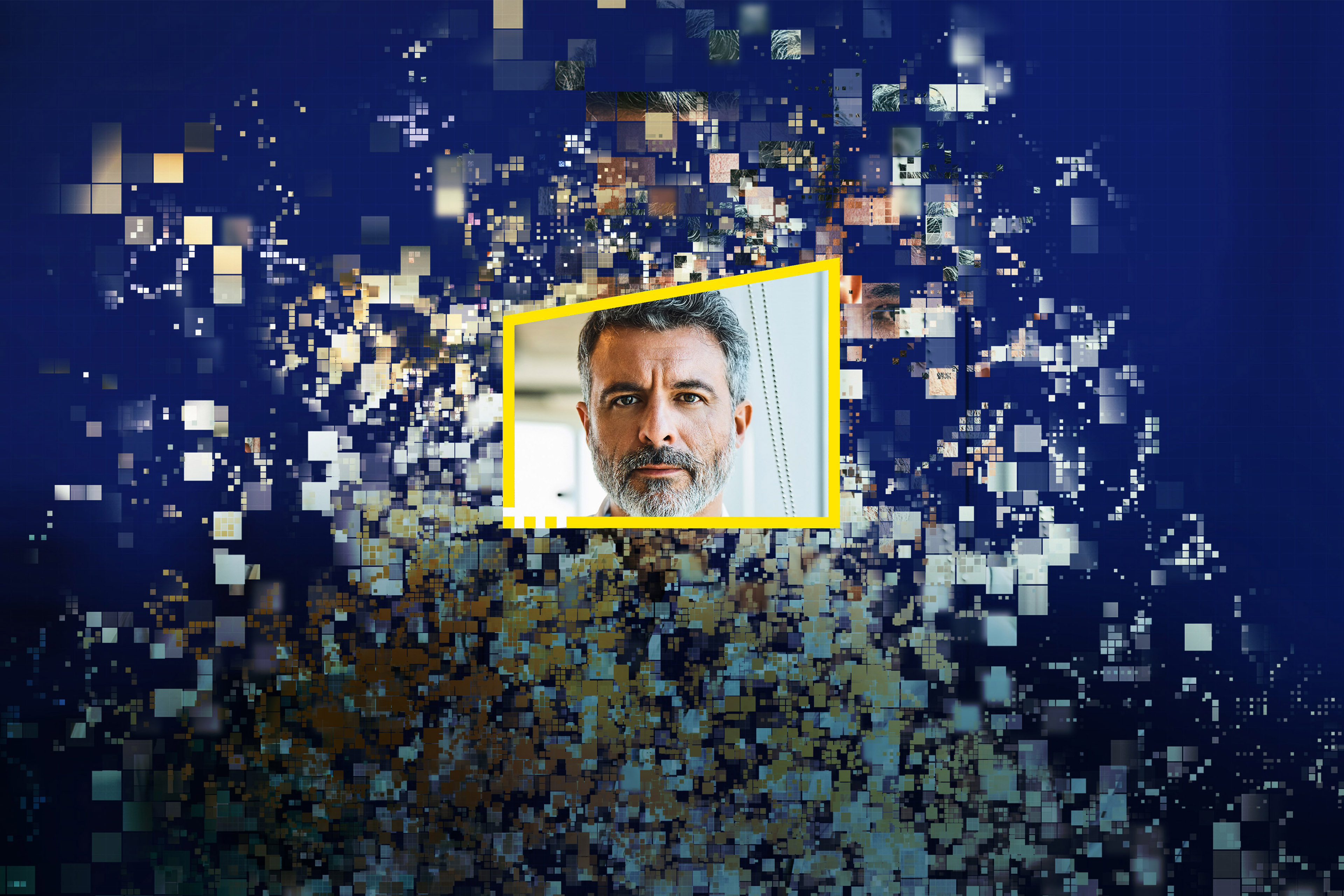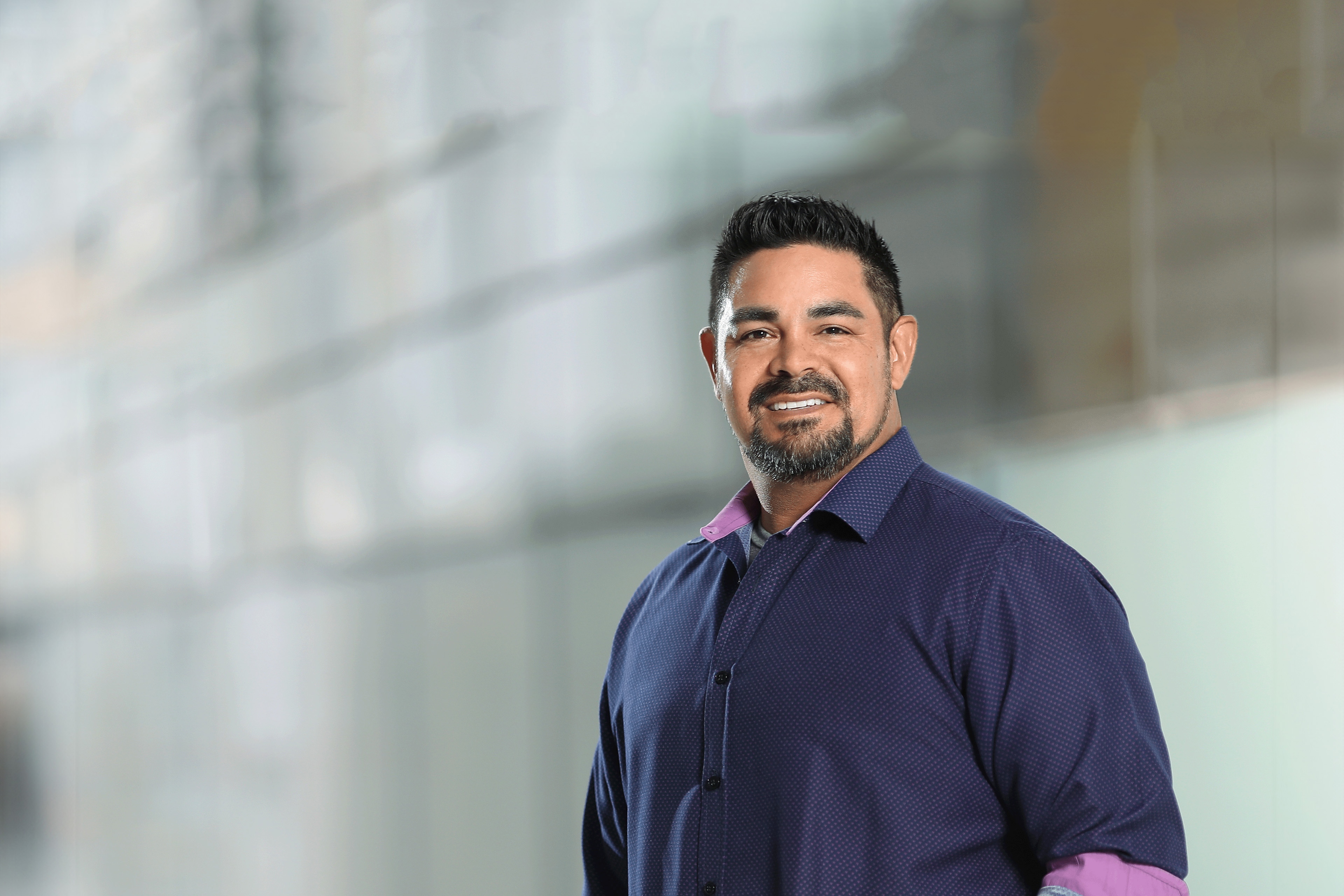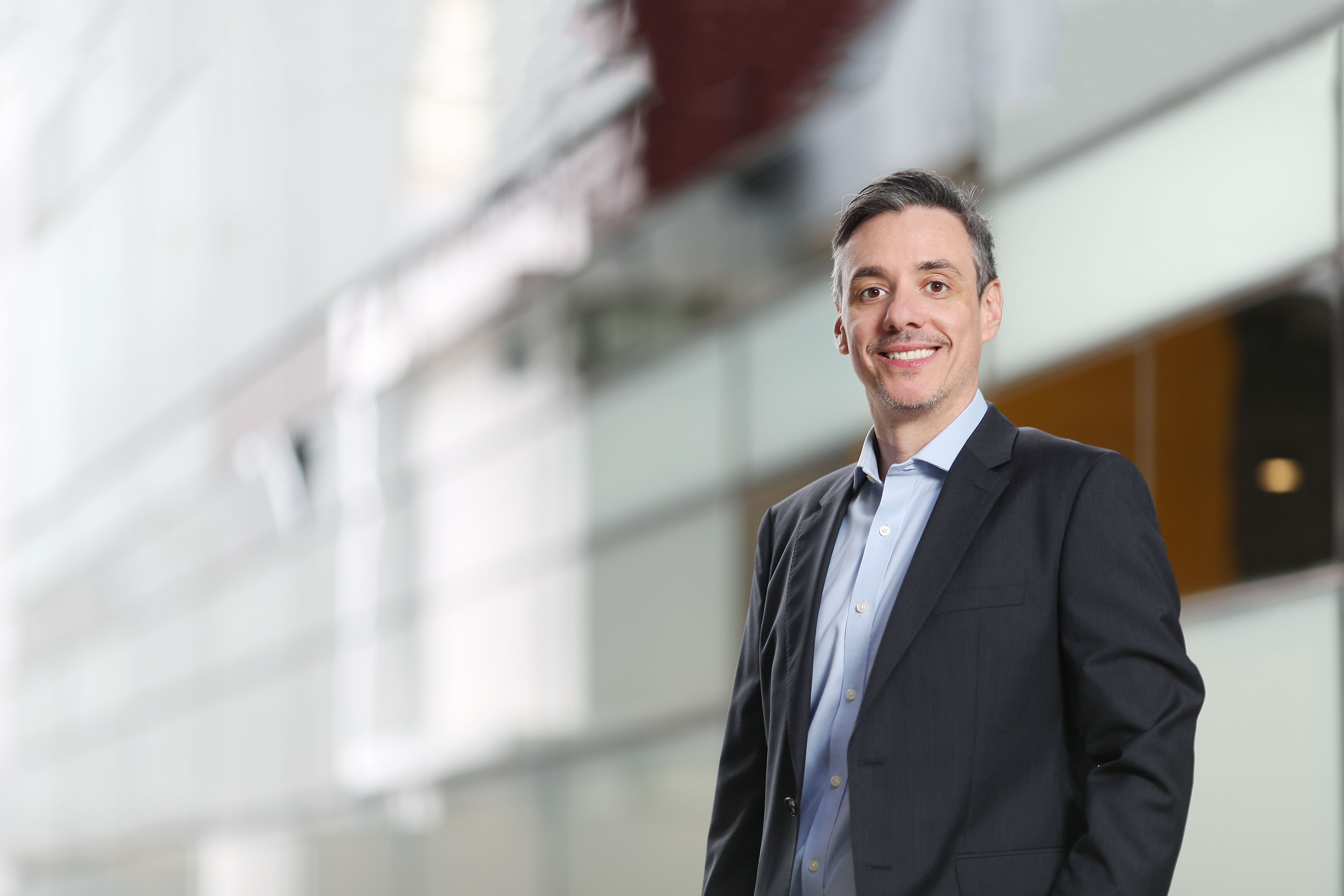EY refers to the global organisation, and may refer to one or more, of the member firms of Ernst & Young Global Limited, each of which is a separate legal entity. Ernst & Young Global Limited, a UK company limited by guarantee, does not provide services to clients.
Insights
Discover the insights you need to make better decisions today, to shape the future with confidence.
See more
Highlights
Innovation
How GenAI and complexity challenge assumptions and business models
05 Dec. 2024Alex Stock
Services
EY helps clients create long-term value for all stakeholders. Enabled by data and technology, our services and solutions provide trust through assurance and help clients transform, grow and operate.
Industries
Discover how EY insights and services are helping to reframe the future of your industry.
See more
Case studies
Strategy and Transactions
How carve-outs positioned an automotive giant for future growth
12 Apr. 2024EY Oceania
See more
Spotlight
About us
At EY, our purpose is building a better working world. The insights and services we provide help to create long-term value for clients, people and society, and to build trust in the capital markets.
See more
Top news
Press release
Vellayan Subbiah from India named EY World Entrepreneur Of The Year™ 2024
07 Jun. 2024Eric J. Minuskin
Press release
09 Apr. 2024Michael Curtis
Press release
EY announces acceleration of client AI Business Model adoption with NVIDIA AI
20 Mar. 2024Barbara Dimajo
Recent Searches
Trending
-

Navigate your path to IPO with our latest global insights
The EY Global IPO Trends 2024 covers the news and insights on the global, area and regional IPO markets for 2024 and an outlook for 2025. Learn more.
17 Dec. 2024 Private business -

How can the moments that threaten your transformation define its success?
Transformation programs that harness the power of their people to solve emerging issues are 12 times more successful at navigating turning points. Learn more.
22 Jan. 2024 -

Artificial Intelligence
We help businesses build their own automation capabilities to improve governance, reduce costs and help create long-term value.
16 Nov. 2023 AI
Select your location

Transforming Defence Health with EY
In this episode, host Kurt Solarte interviews Bryan Dunne and Anthony Bousles on the enterprise-wide transformation of Defence Health, a private health insurer for the Australian Defence Force community.
Bryan Dunne and Anthony Bousles share insights on replacing 17 legacy systems with modern platforms to enhance member experience.
They highlight the strategic drivers behind the change and the steps taken to overhaul outdated technology. They discuss challenges like data migration, integration, and the importance of leadership alignment and strong partnerships.
Key takeaways:
- Maintain a clear purpose for the transformation.
- Evaluate readiness for complex changes.
- Build trustworthy partnerships for success.
With that in mind, we're here with two industry thought leaders and are ready to get into a conversation on an enterprise transformation in [00:00:30] one of Australia's private health insurers, Defence Health Limited. A transformation near and dear to my heart as I too have been part of it since the beginning.
Welcome to Bryan Dunne, Transformation Director at Defence Health, and to Anthony Bousles, our EY partner at Ernst & Young, Australia (“EY Australia”) leading the teams at Defence Health. Welcome Bryan. Welcome Anthony. Hey Kurt. Great to be here. Thank you. Good to be here. Bryan, we've got so much to talk about. So firstly, tell us briefly about Defence Health, a private health insurer in Australia, and the transformation you've embarked on.
Large core system replacements are never easy in most [00:01:00] industries. And I know this isn't your first one either. So, I'd be interested to hear about what those key drivers of a transformation in this industry were and how well they went.
Bryan: Thanks, Kurt. Defence Health is a non-for-profit, closed private health insurance fund.
And what that means is that the members are at the core of their focus, specifically servicing ex-serving members of the Defence Force, the families of serving and ex-serving personnel, and companies that support the ADF. So, the reasons for undertaking transformations [00:01:30] are often different for different companies.
They're either ROI-based or strategic transformations. And for Defence Health, this was a strategic transformation project. They had a vision of where they wanted to be, what the member experience could and should be in 2025. And they were trying to figure out how they could enable that. And I think they came to a decision that (on the existing technology that they had) they probably couldn't get there.
And so, they went to market and looking for a core platform that was scalable, had [00:02:00] modern integrations, was cloud enabled, modern CRM, modern digital capabilities and CMS and integrations. And that's really. What the transformation became about was enabling that member experience, uh, over the now and in the coming years.
Kurt: Well, Anthony, let me bring you in. Bryan there talked about why Defence Health went through the change. And, uh, you and I have been on the program since the business case, uh, phase right through to the go live. And so, you've really seen the change end to end starting out. [00:02:30] Did EY Australia have in mind a certain outcome that would match the vision of Defence Health?
Anthony: You know, it is quite rare to be involved in programs like this from the business case right through to post go live. And it actually means you can really see and understand the vision and aspiration and be part of the highs and lows of a large transformation, which I'm sure we'll get into soon. But to really answer the question, Defence Health were also a first mover in the industry.
And this industry, as we all know, is a pretty complex sector. So, on top of that, they hadn't really been through a change of this [00:03:00] magnitude in the past and really neither had the industry. And I'm talking five years ago, you know, when the business case and the vision was really put together. So probably three things that were all aligned.
And we had that co vision, if you like. Firstly, each decision should have no harm to members test applied to it. And that's really in the DNA of, of Defence Health. And it has not changed over the years. We still even use that today, post go live. Secondly was around the vision of the change across the organisation.
This was really a full-blown transformation. So, a lot of the [00:03:30] legacy or aging systems had to be replaced and there were dependencies on providers in the market that had to be cut, and new systems introduced to make all of that happen. And, and then finally was getting to that end state together. So, most of the team are the same people really from the early phases of the program, and we knew that.
You know, things would change or there'd be hard times, but we had that shared goal. We had a one program team view that meant we were all there together at, I think it was midnight or early hours of the morning on, on go live. So even now post this, I've noticed over more recent [00:04:00] years, um, Australian private health insurers and the industry changing.
We've seen a lot more activity in large system transformations just in the last 12 months alone. So, some of those drivers that, that Bryan mentioned and the vision I mentioned are becoming more and more important in the industry.
Kurt: All right. Well, there's a, there's a fair bit there, uh, Bryan, it can be challenging to replace these core systems, but I know you guys also replaced your finance telephony systems, as well as introduced new websites, new portals and new member experiences.
[00:04:30] CRM new call centre experiences. That is huge. And I know it wasn't all easy sailing. So what are some of the key challenges and the building blocks you need in place to achieve success with something like that.
Bryan: Yeah. Yeah. It was, it was a significant transformation. I think, I think we touched everything except payroll and HR as we got through it, isn't every transformation I've been through.
In every organisation is a bit different. There's always, I think, things that you wish you'd done differently or pieces that you had to leave to phase [00:05:00] two that you, that you wanted to bring forward. And so, you know, you can always test longer. You can always, you can always just take longer to get it done.
But there's a few key building blocks, I think that need to be in place in any transformation for it to get to the end and be successful. One of them, I think, is leadership alignment. So, if you're not clear from the very start, from the, you know, from the board down to the exec, down to the, down to the project team and the broader company as to why you're undertaking it.
I think when you get into those really challenging hard times, [00:05:30] if you don't know why you're doing it, or the business case no longer stacks up, I think that's when, when those conversations become really hard, and these projects tend to fail. And so, we, we're lucky we did that really well and revisited those conversations pretty regularly throughout the hard parts of the project.
One of the other pieces is, is getting the right people out of your organisation, right? I can't overstate the complexity of legacy systems. They've been built up over 20 years. They usually [00:06:00] work. It's like they might have scalability issues or security issues or performance issues or integration issues, but they generally work.
And so, really understanding how those systems work and then and then building up new platforms from scratch is really hard and oftentimes the documentation is not there and so what you're looking for are your key SMEs across the organisation, people who understand how the operations work. These people will They'll become your pseudo BAs, your pseudo solution design people.
They'll get into your testing and be your test [00:06:30] leads. They'll be your change leads across the organisation. And when you go live, they'll be your floor walkers and your, and your key people for escalating defects, right? So, finding the right people with the right knowledge and resilience, who can stay committed throughout the length of the program, is crucial.
It's, it's really hard. It's not always straightforward, but they're key to success. I think data quality and data migration and testing, like you just can't spend enough time getting that, getting that right. Again, when you're coming off legacy [00:07:00] platforms and then Defence Health, there was no difference, right?
You've got 20 years’ worth of, of legacy data. in different states of quality. And so, there's a significant investment to go into both the data migration approach and the data migration cleaning, but then also trying to test on that data. Right. Again, that was really hard for us. The last critical building block for success is finding partners whom you can genuinely trust, right?
I'm not going to undersell the importance for anyone [00:07:30] listening of your contracts up front, right. Get your contracts right. Build in the right, the right metrics, the right checkpoints, the right quality control, but the reality is if you don't have good partners and you get to those hard parts and you have to pull out the contracts and you're probably on the way to failing, what you need is partners that will work with you through the hard times, have Fair, open conversations with you around your blockers and work with you to achieve success, not just refer to contracts constantly.
And so [00:08:00] again, those partnerships, they're not always easy to find. And then it takes a lot of effort to build them on both sides. So, we were lucky enough in our project.
Kurt: With a scope that big and to overcome some of the challenges I know you had; you did mention the importance of having the right partners to help you from core system vendors through to implementation partners.
We were able to support you across digital integration aspects of the program, as well as the data migration reporting. So, would you let us know, why did you [00:08:30] choose EY teams to start with? And in what ways did the EY teams really support you through the significant change?
Bryan: So, EY teams came through a standard RFP process initially, and that was based off of several key criteria, you know, capabilities and experience, and EY teams stacked up really well across those.
But Defence Health also select off of a cultural alignment. Culture is really important to, in Defence Health, and so EY teams, we felt it was a really good alignment across your approach, just in the relationships we had throughout that process, and [00:09:00] then, uh, and then transparency and honesty. I think that they were really big, big pieces for us.
I think being able to build that joint. Team that, that joint culture with EY across the digital team and the data teams was critical to success. I think again, there were plenty of challenges and we were able to have professional honest conversations and fair conversations at the hard points. And then we were also able to put those things aside and have fun and enjoy [00:09:30] what is a long, hard project, right?
So, you got to be able to have those, those relationship and enjoy your work along the way. And we were able to do that with the white teams as well. And I think then important. I think, really important for the executives across EY teams and, and Defence Health, and build that trust at that level, that it's not, it's not separated out into the project, it's, it's right across the executive levels of both organisations.
And so, and then [00:10:00] post Go Live, during remediation and transition, I think EY teams have supported us really well, um, as we've gotten through that. True. That pretty hard faith.
Kurt: Well, Bryan, I'm sure some listeners like me are very interested in some of the technical aspects of the program since most industries will have some common challenges.
So, what, for example, are some of the key technical challenges that, that you feel we saw in, and whether it be around data migration or integration, uh, what were they and kind of how were they attacked?
Bryan: This is probably [00:10:30] the most complex transformation I've been part of. It touched every part of our operations.
So, we had over 17 systems that supported our, uh, our operations from core platform, uh, true to consultant and back-office functions, web, web and self-service workflow, data and finance. And our transformation replaced every part of the, of the stack. So, we put in a new core platform.
We, uh, we put in a new document management system with it, a new [00:11:00] finance system, which is fusion. It's largely a headless platform. And we put Microsoft Azure over the top of that, uh, built out a new public website and a new member portal in Kentico CMS, and built out a new CRM in Microsoft dynamics, uh, and.
We put in identity and access management. We built a new data warehouse and rebuilt all of our reporting, um, again, in, in Microsoft technologies. And then we did a full security and performance and disaster recovery program or [00:11:30] work wrapped around that as well. Right. So, it was a very large piece of work.
And I think the key complexities for us over that journey was firstly localising the core platform. It's an international product, but it's his first time in Australia. We were the first company to localise an international health insurance platform. I think in Australia ever, certainly inside the last 25 years that had significant challenges again, like I talked about earlier, being able to unpick [00:12:00] all of the functionality that that exists in those other 17 functionalities that supports your operations and then rebuild that.
into, into a new platform was, was really complex. It was probably more complex than we realised at the start and took us a bit longer and we needed every bit of the SME knowledge we could suck out of the business and the support from, from EY teams to get it done. I think then probably like, like most legacy platform transformations, the data migration piece was, was really complex.
[00:12:30] Again, you're, you're migrating data from 17 different source systems into, into the three or four new. new modern platforms. It's different validation, different business rules. You got a lot of data cleaning to be doing, a lot of data mapping to be doing, a lot of compliance reporting to be done on the end of it, and then a lot of testing to be done on top of that.
That was, that was extremely complex. And then it's just the end-to-end integration of, uh, of all of those new systems that you've got a, you've got a CRM and an integration layer [00:13:00] going into a platform. And so just getting I think getting all of those integrations designed and lined up and tested was a, was a significant undertaking, but, um, yeah, that was, they were probably the key challenges.
Kurt: Well, Anthony, uh, you and I had a front row seat to a lot of these challenges over the last four years. From the EY side, what, in your view, you know, what are the key challenges that you and the team did face, uh, as part of those, uh, larger technical implementations?
Anthony: Yeah. Where [00:13:30] do I start? I've got 20 minutes, right?
I still have some memories of Bryan storming out of a few rooms with me after some hard conversations. But no, in all seriousness, there's, there's so many challenges, the program or technical and you know, I think core system replacements or just large transformations often come out of the box with challenges.
As Bryan mentioned, the first mover from the industry and a new localised core product, you know, adding that to the mix, you know, I think about this more from a pre and a post go live point of view. So, from a [00:14:00] pre go live there, and we're really talking about the industry and health insurance, I would say that we, you know, expect that their future releases will be required, you know, I think at the very beginning we thought everything could go live at one point in time.
And we, you know, we've quickly discovered that's not the case. So, we need to decide really what's, what's the non-negotiable versus, you know, what we can give up for a period of time and, and, and doing another release. The other, the other thing is, you know, consideration to shifting dates as everything doesn't really go to plan.
It's, it's, you know, it's part of [00:14:30] core systems or large transformations. We have windows in this industry as well, which are not ideal for changes. So, when we do change a date, we need to consider the downstream impact to other areas, and we might need to retest things all over again or engage with our third parties for a new set of, of, you know, availability windows.
And as also, you know, Bryan touched on this as well, but the migrated data, um, a testing scope, you know, often there is mismatch of things between old and new systems. It's just a side effect of these large programs. So, you know, you might have rules that are firing in new systems that aren't [00:15:00] firing in old systems.
So having a real focus on that testing of, of migrated data as well. And then when I consider post go live, there's some, there are some challenges there too. So, one thing is factoring in sufficient time for defect remediation and other BAU activities. So often we do take some, some low defects into production and we need some time to, to kind of fix those and do a bunch of other things that we normally would do.
And also consider worst case options. So, you know, if there are any issues in any areas of the business, [00:15:30] you know, we need to have a plan to, to ramp up and ramp down those very, very quickly. I think final thought is the celebration with the team. These programs are not easy. They're not something done every day.
And I think acknowledging that early with the management team and the steering committee and celebrating those milestone events is also a key point of reflection, Kurt.
Kurt: All right. Well, Bryan, you've really set the pace here with laying out to the, uh, the challenges, I guess, the uniqueness of this particular transformation.
But as you mentioned at the start, you know, Defence, how there's a [00:16:00] first mover in the industry with this change. And do you think that we'll see more change in the, in the health, uh, insurance industry in Australia around this?
Bryan: Yeah, I think so. I think we've already seen some movement.
It's very similar in scale to what we've chatted about. I think other industries have, have probably set the bar for what, for what member experience should be, what online self-service can be, what automation can be. And then, so [00:16:30] the private health insurance industry is definitely going to want to get there.
It's a competitive industry and it's heavily regulated. So, you're not going to differentiate on, on your core product or on your ability to pay a claim. Your differentiation is going to come in member experience and data analytics. And, and I think. We'll see other organisations move this way and whether it's a core platform transformation and a digital transformation or just a digital transformation, I think we'll see significant change and across the industry over the next, over the next few years.
Kurt: Well, this has been fantastic. [00:17:00] We're running right up on time guys, but I want to ask each of you this question. So, we'll start with you, Anthony. What advice would you give others who are thinking of starting their own journey?
Anthony: It's a good question. I mean, we've seen disruption over life, insurance, general insurance.
And I think in the last year or two, Australian private health insurance has seen that fundamental shift where member engagement, digitization, self-service, they're all becoming primary focus for funds. And all of that in some way touches or interacts with the core system. So [00:17:30] if other funds are looking at something similar, I'd probably think about.
Three things really, you need to have a reason to change. So, you know, if you think about core systems, how long does the fund have as a runway on their current platform and what is that real burning reason to change? And then secondly, you need to know that something out there exists that is aligned to your strategy as a fund.
So, you need to get confidence all the way up to the board that something out there as a viable product in the market exists that you, you know, you want to move to. And then of course you need to deliver it. So, I think the third thing, these programs are [00:18:00] hard. Once the, once the fund's comfortable and the viable option exists, do we have the capability and capacity to, to transform in the, in the timeframe needed?
Over to you, Bryan.
Bryan: Yeah, I think, I think I'm probably just going to end up echoing a lot of what you just said, right? But transformations are, are hard. Like, they're harder than, than I think most people realise until you get into them. I've been lucky enough to be part of four of them and they all had their own challenges.
At the start of the journey, it's really, really important to understand why. Because when you get into those hard parts, if you [00:18:30] don't understand why, I think you'll look for the door pretty quickly. Secondly, it's around finding, finding that partner that you think you can work with, and you can trust and then doing an honest assessment of your own, uh, internal capabilities and then building on that alongside that partner.
Um, that's probably the key to, to getting started. Then as you go through the transformation, you'll find, you'll find your own individual challenges that hopefully we've touched on some of them already and others will be, will be specific to those, to those transformation journeys.
Kurt: Well, we've probably got a key [00:19:00] message of these are hard, and be ready for them to be hard.
But, uh, I think my, uh, at the end of podcast here, my three takeaways are, you know, why you're doing the transformation and keep it the focus, understand your existing ability to take on the complexity of the work and the change and find the right partners and invest in building the partnership relationships.
Well, listen, I'd like to thank you, Bryan and Anthony so much for sharing, you know, your experience and expertise in this very important topic. And, uh, that'll wrap our podcast.
Anthony: Thanks Kurt. Great. Thanks Kurt. [00:19:30]
Kurt: This has been an EY podcast. You can explore more of our podcast by typing EY podcast into your browser or wherever you listen.
To learn more about EY, our people, and our latest thinking, visit us at ey.com/au. If you would like to have a further conversation on what you've just heard or learn more about joining our team at EY, please contact us. Thanks for listening.
This communication provides general information which is current at the time of production. The information contained in this communication does not constitute advice and should not be relied on as such. Professional advice should be sought prior to any action being taken in reliance on any of the information. Ernst & Young disclaims all responsibility and liability (including, without limitation, for any direct or indirect or consequential costs, loss or damage or loss of profits) arising from anything done or omitted to be done by any party in reliance, whether wholly or partially, on any of the information. Any party that relies on the information does so at its own risk. The views expressed in this article are the views of the author, not Ernst & Young. Liability limited by a scheme approved under Professional Standards Legislation.

